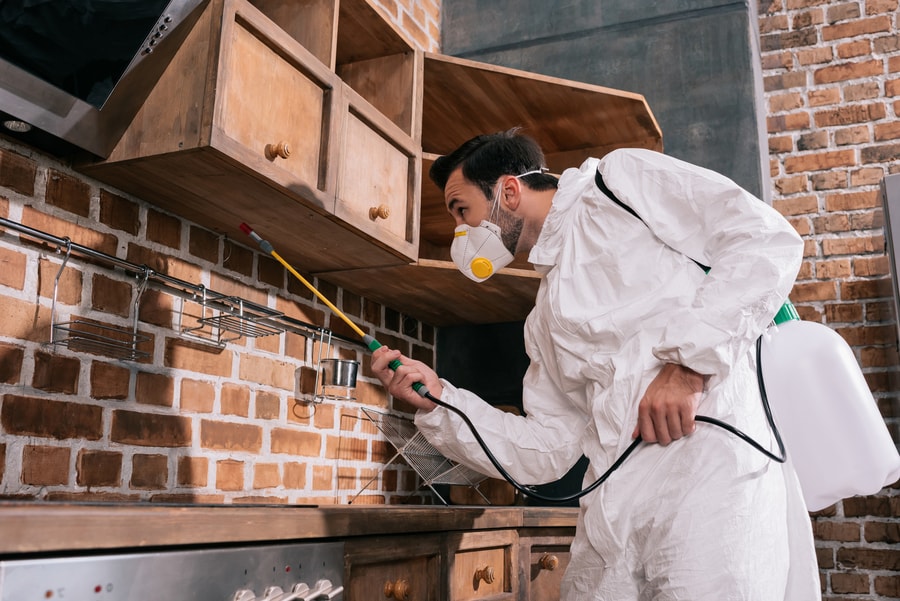What is the Best Type of Termite Treatment?
There are several types of termite treatments available. These include Bait stations, Liquid treatments, and Chemical treatments. If you’re in the market for termite treatment, you should know about these methods. These methods are all effective at killing termites, but there are differences between them.
(Searching in Google “pest control missoula mt“? Contact us today!)

Liquid termite treatment
A liquid termite treatment is a method that can be very effective in preventing termites from damaging structures. It works by creating a barrier around your home. This barrier should keep termites from entering your home, and it also prevents them from feeding. It should be applied in a timely manner.
The process of liquid termite treatment involves the application of a chemical barrier around the foundation of your home. This barrier will keep termites from feeding on the wood in your home for about five years. During this time, termites will only be able to enter the home if they are able to breach the chemical barrier. However, you should still have an annual inspection of your home to ensure that the barrier is still intact and preventing termites from entering.
Bait stations
Bait stations are a convenient type of termite treatment. Bait stations are cylinder-shaped plastic containers with openings on the sides that allow termites to enter and leave. This allows the termite to spread the termite-killing product throughout the colony. Additionally, the termites that leave a station will leave behind a familiar odor that other termites will follow. Bait stations are an effective form of termite treatment and are environmentally friendly.
Bait stations are slow-acting and require periodic maintenance. When properly placed, they can last for up to five years. Bait stations are often accompanied by other treatments, such as chemical treatment and physical barriers.
Chemical treatments
Chemical treatments for termite treatment are a common way to protect a building from termite attack. These treatments are applied directly to the soil, building components (such as masonry and wood), and electrical fixtures. They work by creating a chemical barrier that discourages termites from traveling up and through a building’s foundation and footings. These treatments are often used in conjunction with non-chemical treatments.
Chemical treatments for termite treatment can also be expensive. A typical “barrier” treatment can involve hundreds of gallons of solution. It is important to apply the chemicals evenly and thoroughly because termites can tunnel through a tiny, untreated soil gap.
Non-chemical treatments
There are two types of termite treatments: chemical treatments and non-chemical treatments. Chemical treatments kill termites directly while non-chemical treatments kill them indirectly by incorporating non-chemical biological agents or by placing physical barriers around the structure. Although non-chemical treatments will not completely eliminate termites, they can significantly boost the effectiveness of chemical treatments.
One of the best non-chemical treatments is termite drilling. This is typically done by drilling a “checkerboard” pattern into the wood of the structure. It is not always possible to detect these termites in the early stages of an infestation because they are very difficult to detect in the beginning. However, if you have a plan for the structure, you can identify inaccessible areas to perform regular inspections.
Barrier treatments
Physical and chemical barrier treatments are two of the most effective ways to protect your home from termite damage. While these treatments have long been used, advances in materials and techniques have made them popular once again. Piedmont Pest offers two popular treatments, Termidor and Premise. These treatments create an invisible barrier around your property that termites cannot penetrate. Once a termite passes through this zone, he or she becomes a carrier of the treatment, which is then passed on to other termites in the colony. In this way, the treatment becomes a shield for the entire colony.
Barrier treatments are effective for treating termites with very little effort. Some of them are applied on walls, while others can be applied directly into the soil. Both treatments release fumes that are toxic only to termites. These treatments are often used to protect homes, but they need to be reapplied on a regular basis to remain effective.

